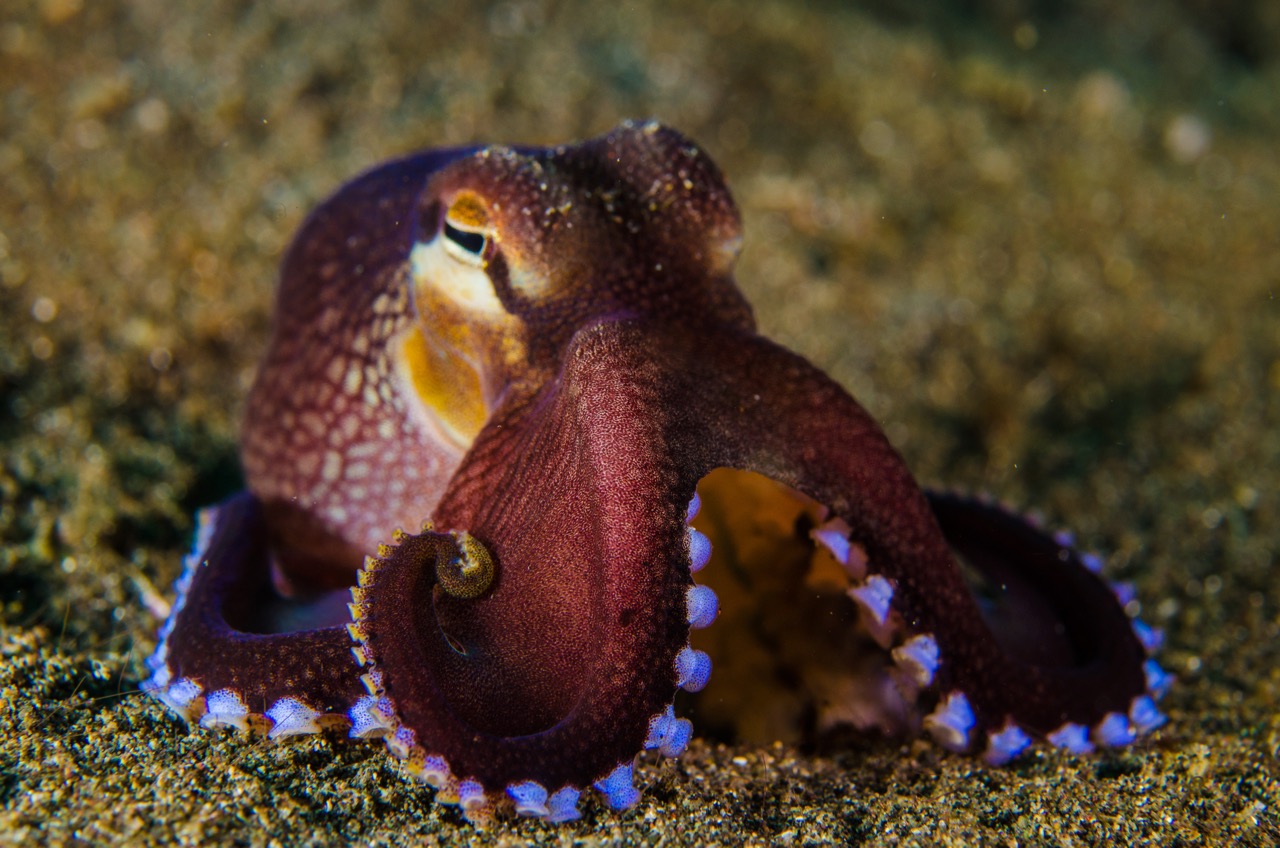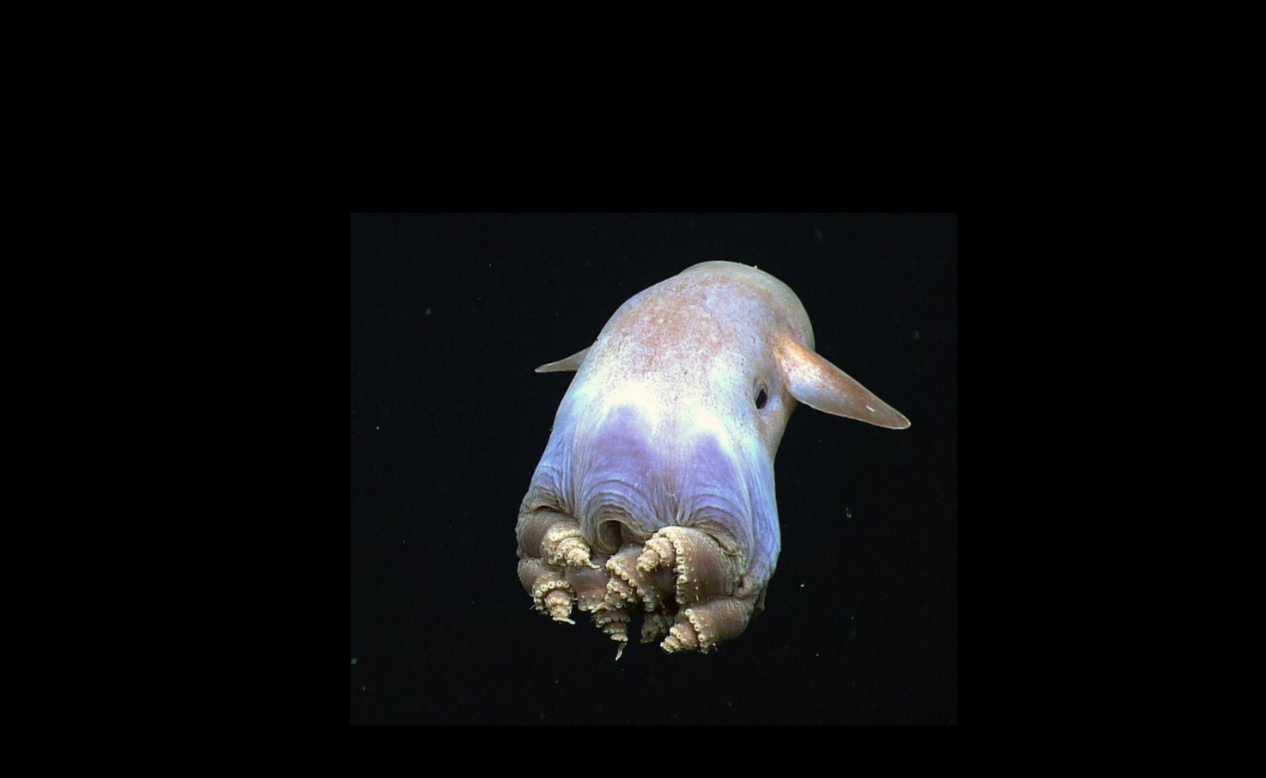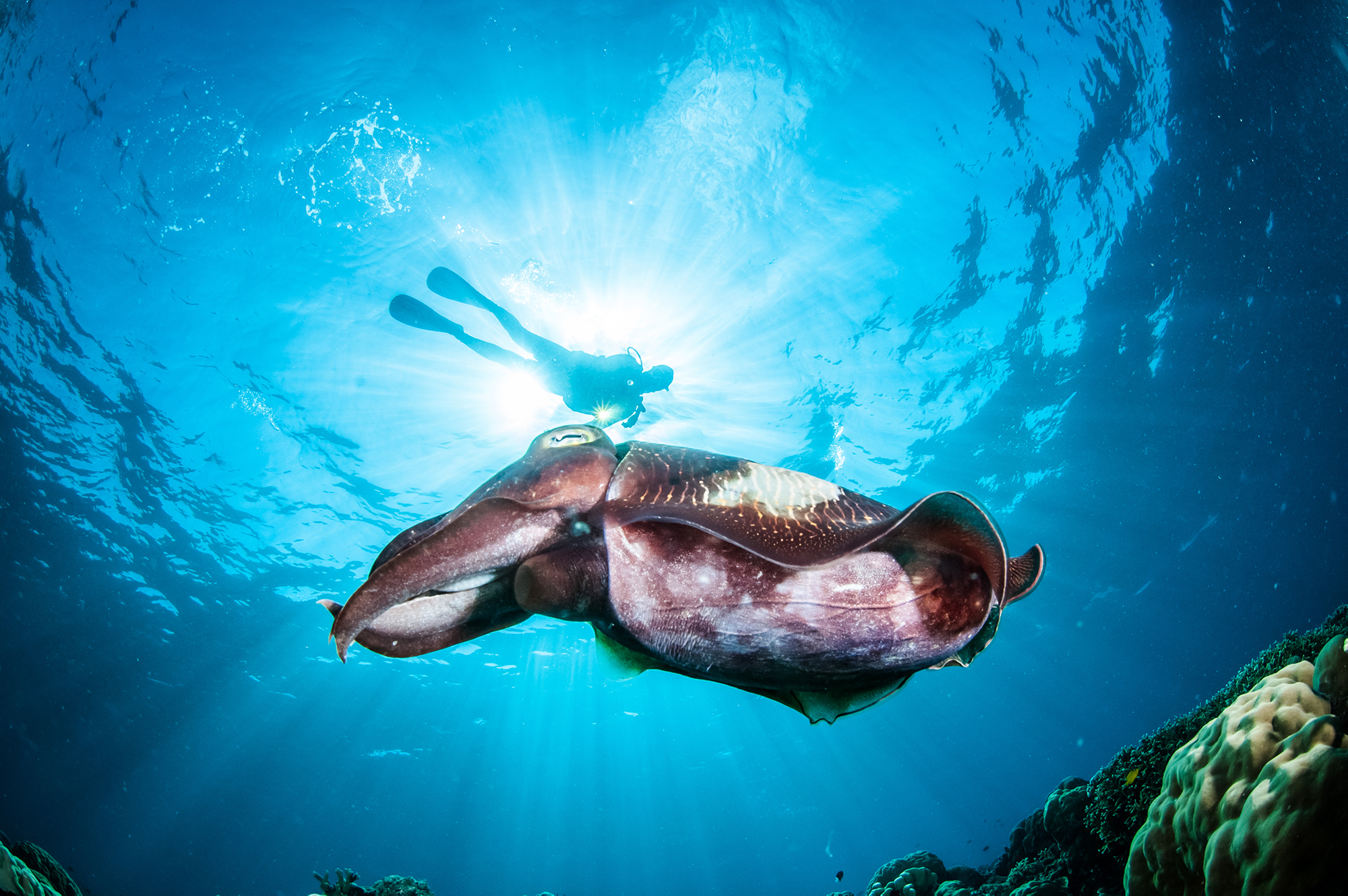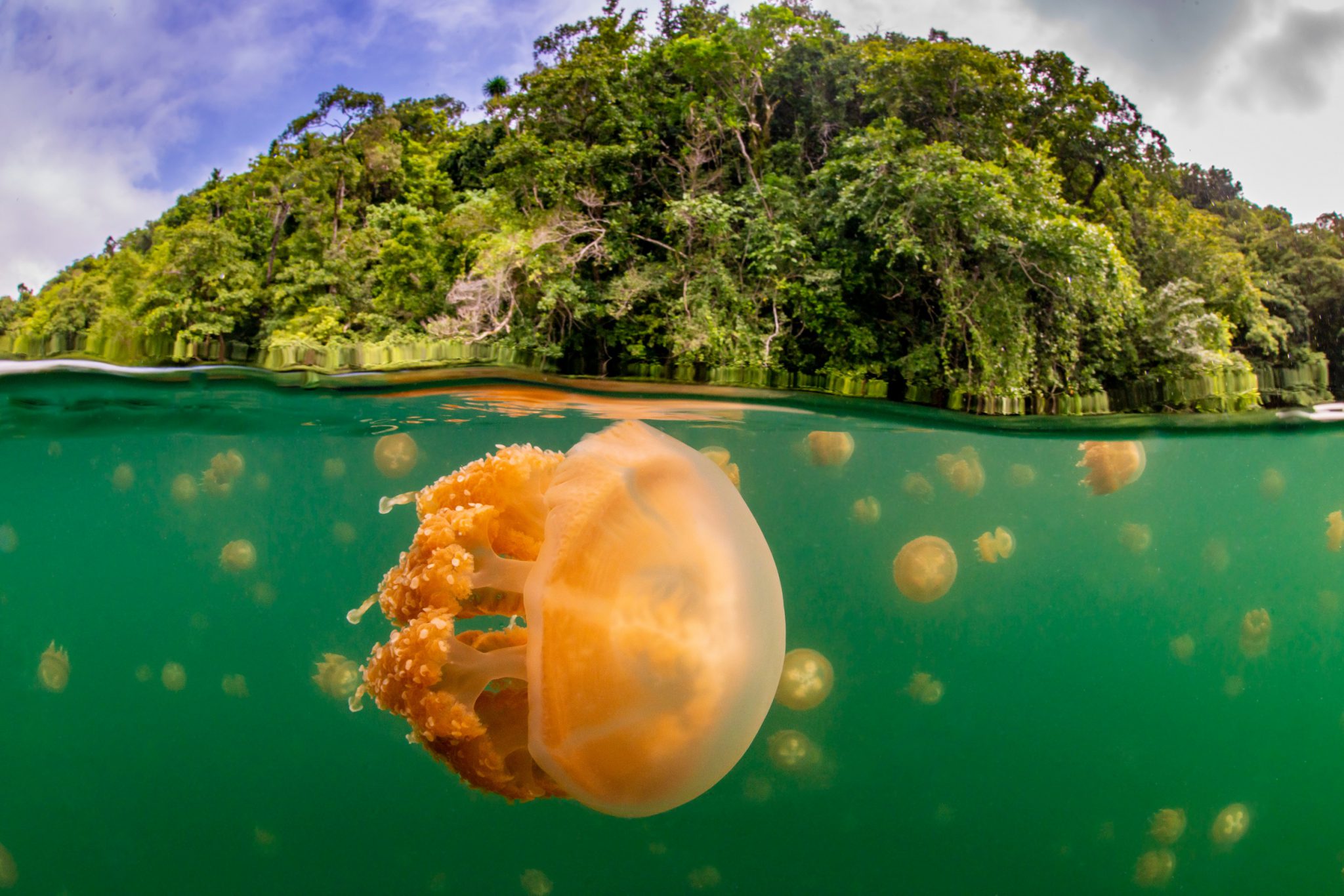Beneath the ocean’s surface lies a mysterious animal kingdom, from the tiniest zooplankton to the planet’s colossal giants. There are beautiful ocean animals, cute ocean animals, not to mention a few creepy ocean animals. Still, we know less about the ocean than we do the Moon.
Scientists may have more exploring to do, but in the meantime, keep reading for answers to a few of the internet’s top marine life questions, such as “How many animals are in the ocean?“, “What is the deepest ocean animal?“, and “What is the most venomous sea creature?“

Marine creatures have evolved their bodies and behavior to thrive in the ocean’s harsh environments. Some impressive ocean animal adaptions include:
Scientists estimate there are 2.2 million species of ocean animals and plants, but less than 250,000 have been named. In fact, more than 80 percent of our ocean still awaits discovery. One thing we do know for certain is that marine life numbers are decreasing at an alarming rate and we must act now to protect them.

Most marine species live in the sunlight (epipelagic) zone down to 200m/650ft. However, some dive deeper in search of food. The record holders are Cuvier’s beaked whales, which have reached depths of almost 3,000m/9,800ft. The deepest ocean animals (which are unsurprisingly some of the weirdest ocean animals) live in the ocean’s trenches, thousands of kilometers down.
Some sea creatures, like sailfish, can certainly swim at record-breaking speeds. Others can swim but not very well – like seahorses or pufferfish. Then there are species which only “walk” across the seabed – such as crabs, sea stars, and the red-lipped batfish.

From socializing and mating to warding off threats, sea creatures communicate in many ways:
Sound: Whales “sing”, dolphins click and whistle, crustaceans drum their claws, fish even “creak” their fins. Visuals: Changing shape, size, color, or posture – cuttlefish are a great example. Electric Signals: Unique to aquatic life, such as electric eels and rays. Releasing Chemicals: Either pheromones (same species) or allelochemicals (cross-species).Every living creature needs water to survive. Most aquatic animals, including marine mammals and freshwater fish, can absorb water from food or by osmosis. However, saltwater fish must drink seawater to stay hydrated, with their bodies filtering out the excess salt.

Marine mammals, such as dolphins and seals, need air to breathe. Tragically, many drown after getting trapped underwater by fishing nets. On the other hand, while fish can’t technically drown, most species (including many sharks) need water passing over their gills to breathe. For that reason, they must keep swimming to avoid suffocation.
Thalassophobia = a phobia of the ocean (and things that live in it). Aquaphobia = a wider fear of water. Nyctophobia = fear of dark places. Ichthyophobia = fear of fish. Galeophobia = fear of sharks. Ostraconophobia = fear of crustaceans or shellfish.
Animals in the ocean do poop – and it’s essential to marine food chains and carbon sinking. Creatures like whales, seals, turtles, and bony fish do their business in a traditional manner. However, some species do it differently. For instance, jellyfish and corals “throop” since there’s only one way in (and out) of their stomach, while sponges feed and poop through their pores.
Many underwater creatures rely on sunlight. As well as providing light, it’s needed for plankton growth, which sustains the ocean’s food chain. In contrast, deep-sea animals have adapted to live in total darkness. Without sunlight, they create energy from chemical sources such as hydrothermal vents or whale falls.

Aquatic creatures don’t sleep like we do. Instead, most enter a resting state – lowering their metabolic activity while still being alert to danger.
Fish may float, burrow into sand, or cocoon themselves while resting. Dolphins and whales need to be awake to breathe, so they rest one half of their brain at once. Walruses secure themselves by hooking their tusks onto ice. Some sharks will swim into currents to make “breathing” easier during rest.When temperatures drop, many marine creatures enter a deeper rest or otherwise migrate to warmer waters. Only one fish truly hibernates: the Antarctic spiny plunderfish.
We need the ocean to survive. It generates more than 50 percent of our oxygen, absorbs 25 percent of carbon emissions, and helps regulate land temperatures. In addition, sustainable seafood is a vital source of food and income for many communities. The ocean may be under threat, but the Torchbearer community is leading a powerful movement to take local action for global impact.
What is the most common animal in the ocean? Krill, with trillions in the Southern Ocean alone.
What is the rarest creature in the ocean? The vaquita – there are only 10 left.
What is the smallest ocean animal? Zooplankton (most are microscopic).
What is the largest ocean animal? The blue whale, which can reach 30m/100ft long.
What is the most dangerous ocean animal? The box jellyfish – its venom can kill in minutes.
What is the smartest ocean animal? Dolphins, the so-called brains of the ocean.

Check out our marine life blogs for more answers to questions about different types of ocean animals, such as:
If you want to understand more about the ocean’s animals, including their behaviors, relationships, habitats, and how things compare to life on land, then sign up for the PADI Underwater Naturalist course to add a deeper purpose to your next scuba adventure.
Sign Up for the PADI Underwater Naturalist Course
Share This